
11 Health Warnings Your Fingernails May Be Sending

Most people barely glance at their fingernails, but your nails are far more than a cosmetic feature — they’re small diagnostic windows into your overall health. In fact, hundreds of medical conditions can create visible nail changes. While many issues come from harmless causes like aging, fungal infections, or minor trauma, some nail signs can point to deeper health problems involving the liver, heart, thyroid, or lungs.
Understanding these clues can help you catch imbalances early and know when to seek medical advice.
The “Half Moons” at the Base of the Nails
A healthy nail typically appears pink with a light pink-to-white crescent at the base, called the lunula. According to Dr. L. Reed, ND, these half-moons may correlate with thyroid function. Missing lunulae on multiple fingers can indicate potential thyroid weakness, which may relate to symptoms like fatigue, thinning hair, mood swings, or depression.
Texture, Color & Shape: What’s Normal?
Healthy nails should be smooth and even — without ridges, spots, grooves, or discoloration. When the appearance changes for no clear reason, your body may be trying to get your attention.
Below are the most important signs to examine.
1. Brittle or Crumbly Nails
Common causes:
• Aging
• Frequent exposure to detergents or nail polish
Possible medical causes:
• Fungal infections
• Lichen planus
• Thyroid disorder
• Psoriasis
• Rarely: reactive arthritis
2. Discolored Nails
Yellow
May be caused by nail polish, but can also indicate:
• Fungal infection
• Psoriasis
• Liver issues (jaundice)
• Sinus infection
• Thyroid issues
• Lung infection
• Lymphedema
Green–black
Usually due to a bacterial infection beneath a loose nail.
Blue or purple
May indicate low oxygen levels.
Grey
Can result from certain medications.
Brown
May signal thyroid disease or malnutrition.
Half-white at the base and half-brown at the tip can indicate:
• Kidney failure
• AIDS
• Post-chemotherapy changes
White nails
Possible causes:
• Aging
• Fungal infections
• Iron deficiency (anemia)
• Liver cirrhosis
• Heart or kidney failure
• Diabetes
• Hyperthyroidism
• Malnutrition
• Chemotherapy
3. Thickened Nails
Most often due to fungal infections, but can also indicate:
• Psoriasis
• Reactive arthritis
• Lung disease (yellow, thick, slow-growing nails)
4. Loose Nails (Onycholysis)
Nails that lift from the nail bed may result from:
• Injury
• Infection
• Thyroid disorder
• Psoriasis
• Poor circulation
• Medication reactions
5. Spoon-Shaped Nails (Koilonychia)
Nails curve inward like a spoon. May signal:
• Iron deficiency
• Hemochromatosis (iron overload)
• Raynaud’s disease
• Heart disease
• Hypothyroidism
6. Pitting or Dents
Small indents can be associated with:
• Psoriasis
• Eczema
• Alopecia areata
• Reactive arthritis
7. Beau’s Lines (Deep Horizontal Grooves)
Possible causes include:
• Chemotherapy
• Previous trauma
• Severe cold exposure
• Raynaud’s syndrome
• Diabetes
• Vascular disease
• Zinc deficiency
• High fever illnesses
8. Nail Clubbing
Nails curve around enlarged fingertips.
While sometimes hereditary, sudden clubbing can signal:
• Chronic lung disease
• Heart disease
• Liver disease
• Inflammatory bowel disease
• AIDS
9. White Lines Across the Nails (Muehrcke’s Lines)
Run parallel to the nail base.
May indicate low protein levels due to:
• Malnutrition
• Liver disease
10. Dark Vertical Stripes
Common and harmless in many people with darker skin tones.
However, if affecting one nail only, it may indicate:
• Subungual melanoma (a rare skin cancer)
11. Red or Brown Streaks Under the Nails
Called “splinter hemorrhages.”
Usually from tiny blood vessel damage — harmless unless affecting many nails, which may suggest an underlying condition needing evaluation.
Final Thoughts
Your nails are constantly recording your internal health. While most abnormalities are harmless, persistent or unusual changes deserve attention. Checking your nails regularly helps you spot early clues and take action long before major symptoms appear.
News in the same category


The single move that instantly clears congestion and drains your sinuses

This common diabetes medication may undo the benefits of your workouts
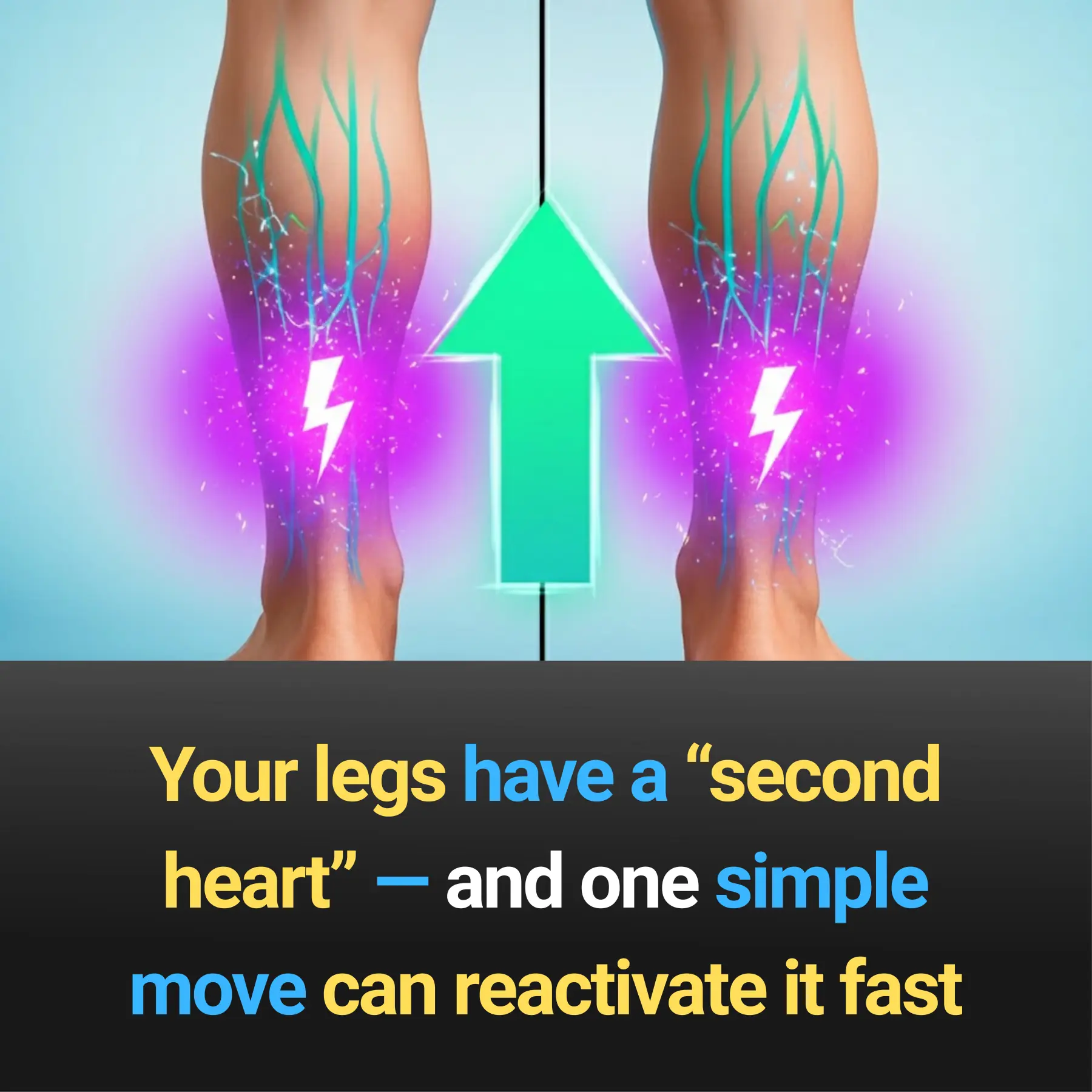
Your legs have a “second heart” — and one simple move can reactivate it fast

9 cancer warning signs your body is sending you (don’t ignore these!)

Here’s the secret why everyone puts avocados on the fire!

Scientifically Proven Benefits of Pumpkin Seeds (Pepitas) and Pumpkin Seed Oil
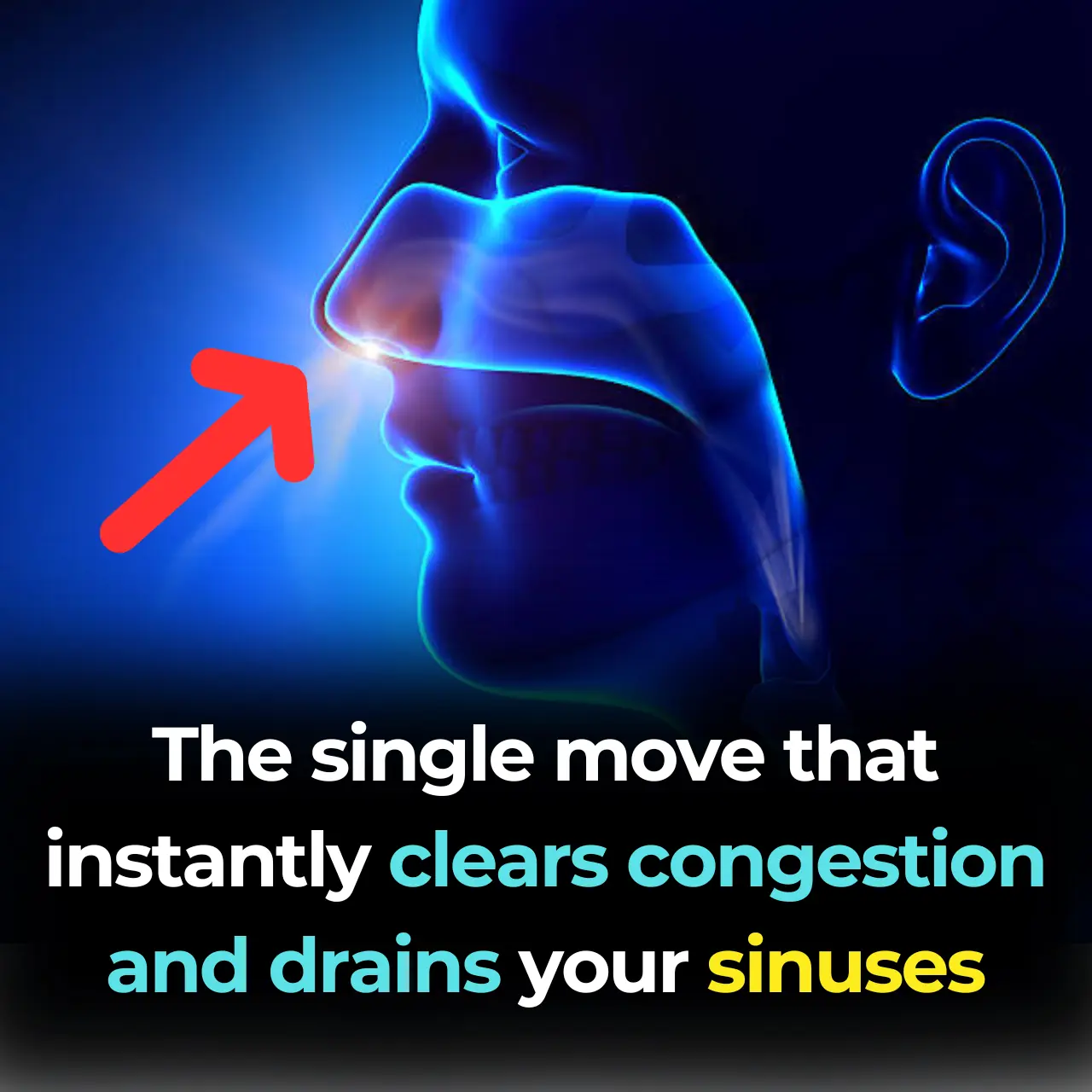
The single move that instantly clears congestion and drains your sinuses
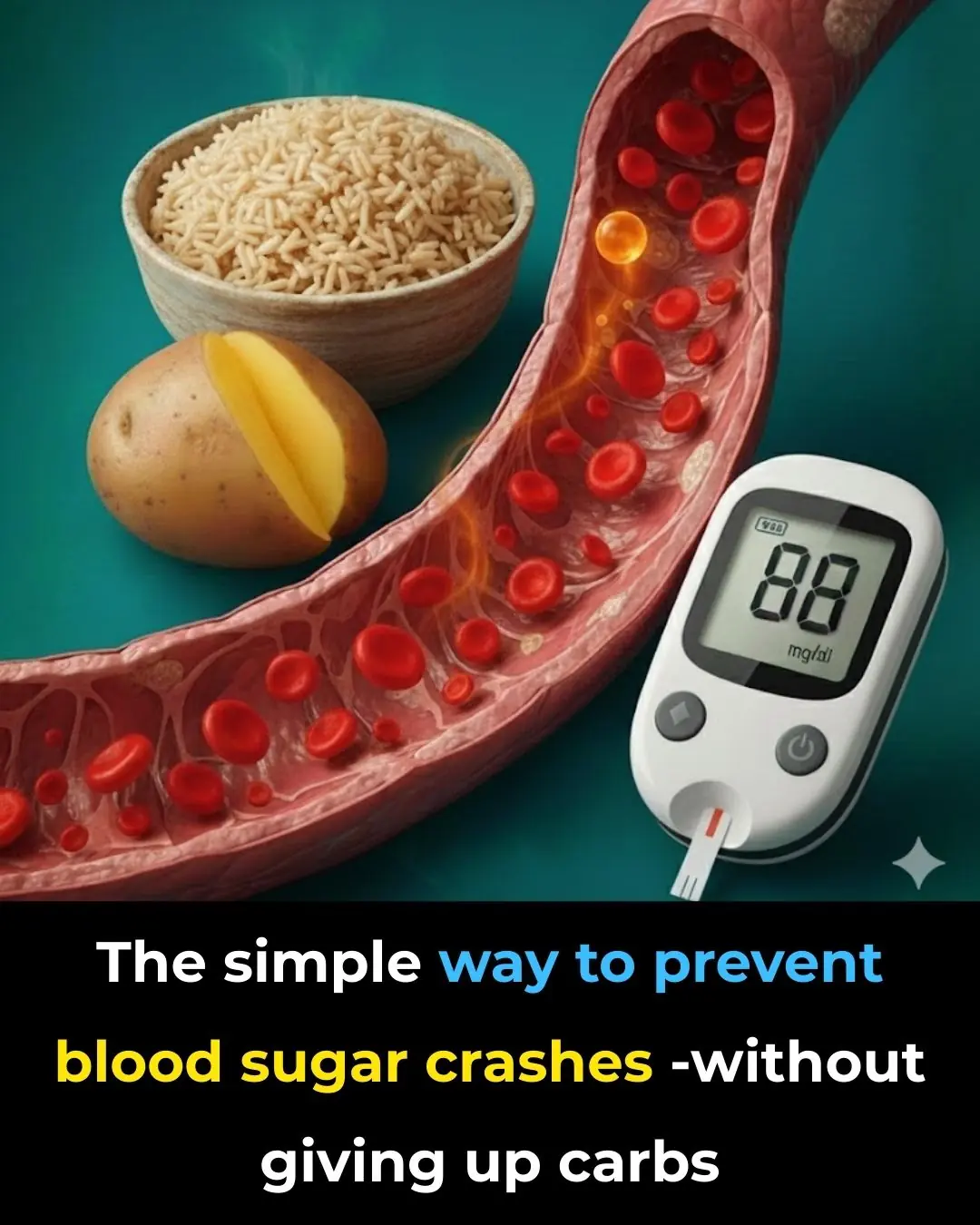
Stop blood sugar spikes—enjoy carbs without the crash!
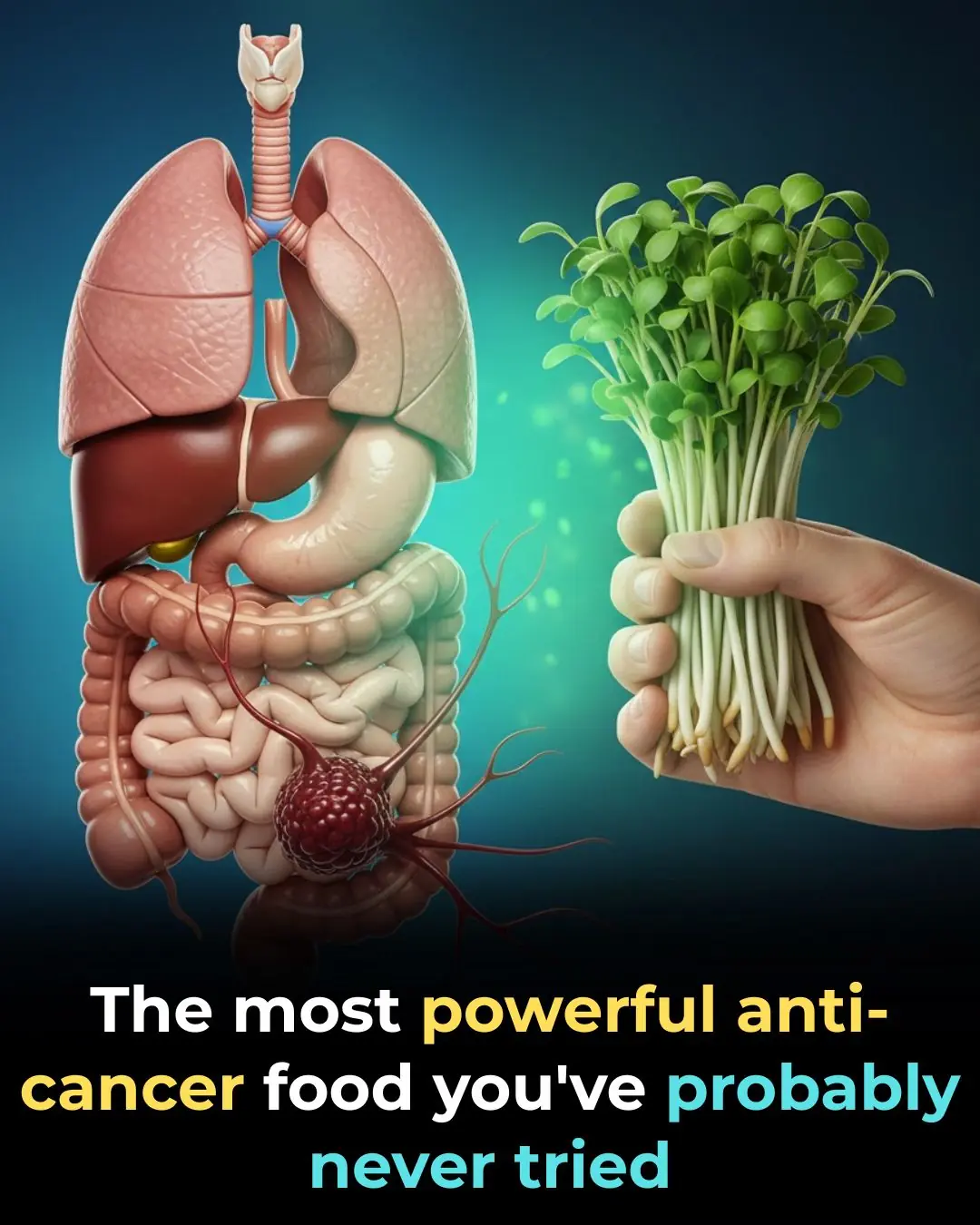
The most powerful anti-cancer food you’ve probably never tried

🩺 Be Aware: If You Notice This Skin Change, It Could Be Skin Cancer — Here’s What to Look For

Gastroenterologist says this is the #1 drink for gut health

What your body does when you drink coffee every day
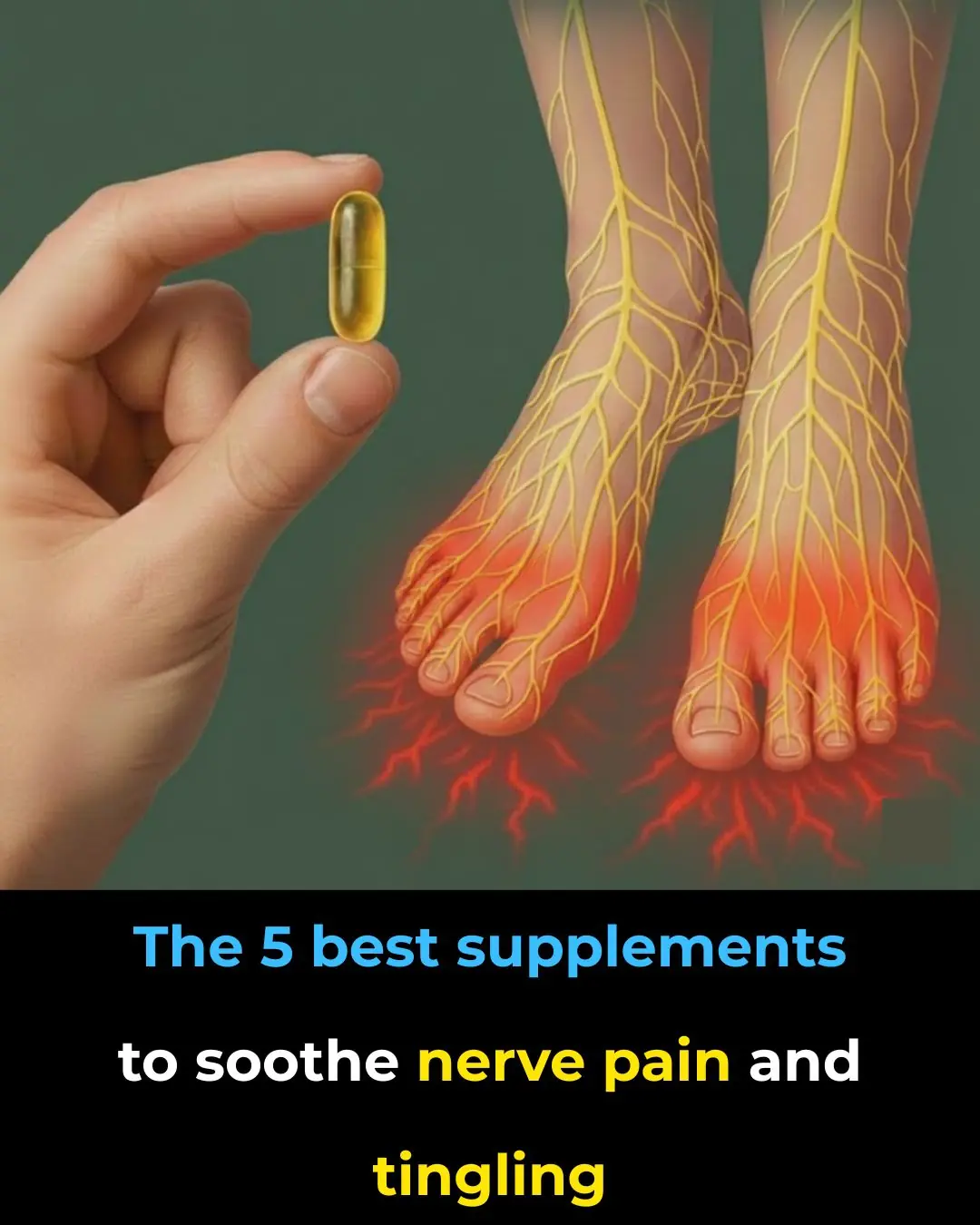
The 5 best supplements to soothe nerve pain and tingling
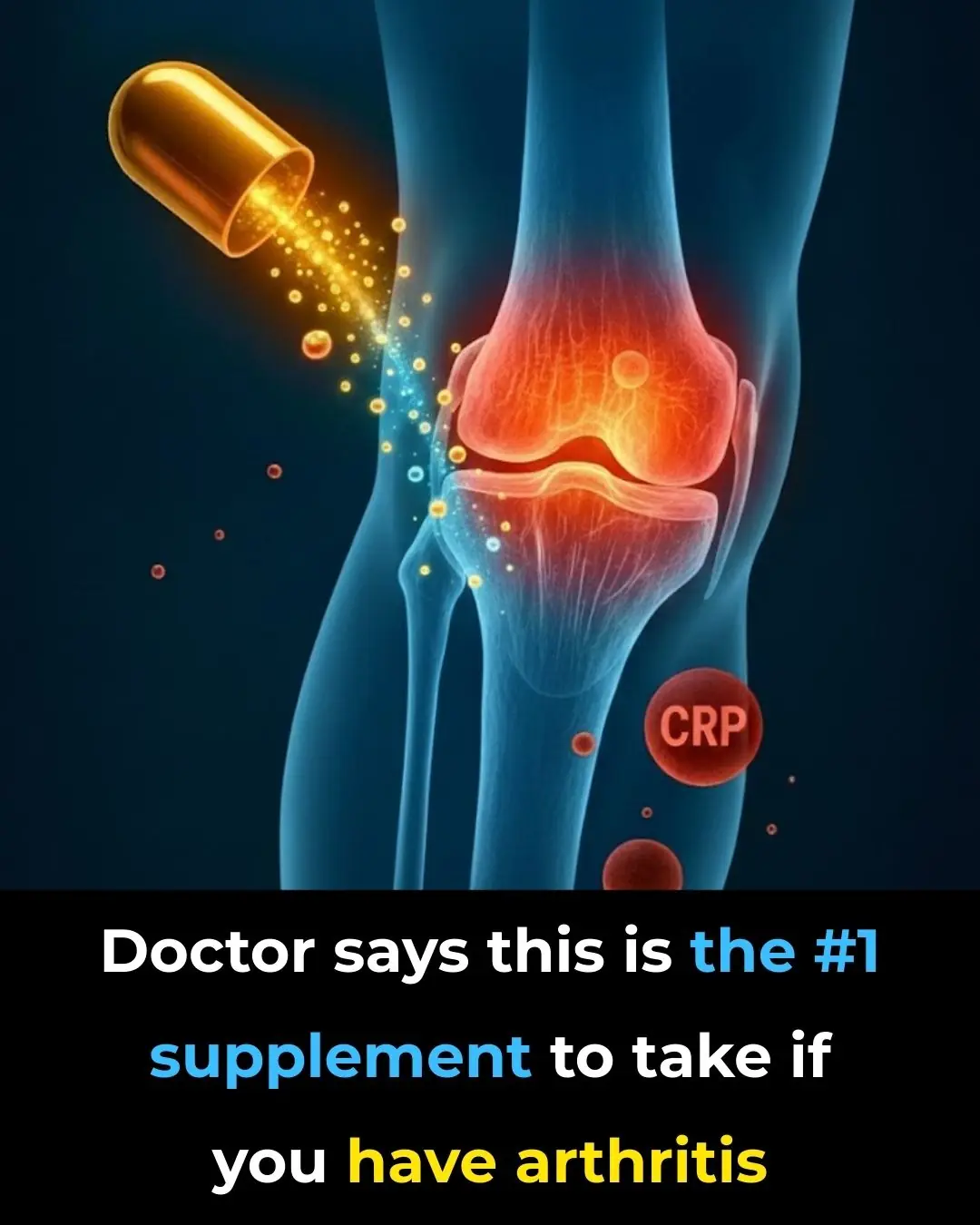
Doctor says this is the #1 supplement to take if you have arthritis
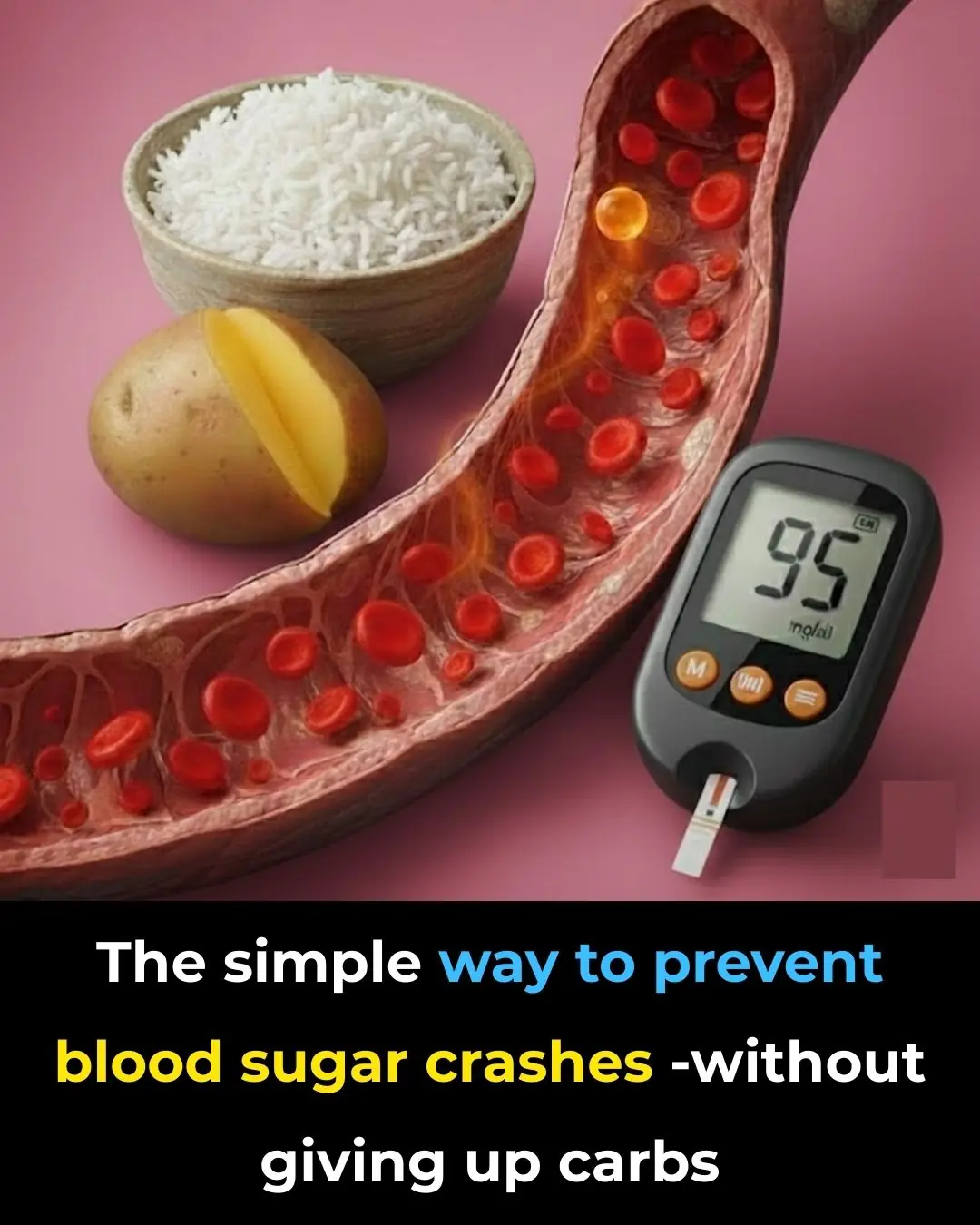
Stop blood sugar spikes—enjoy carbs without the crash!

Gastroenterologist says this is the #1 drink for gut health
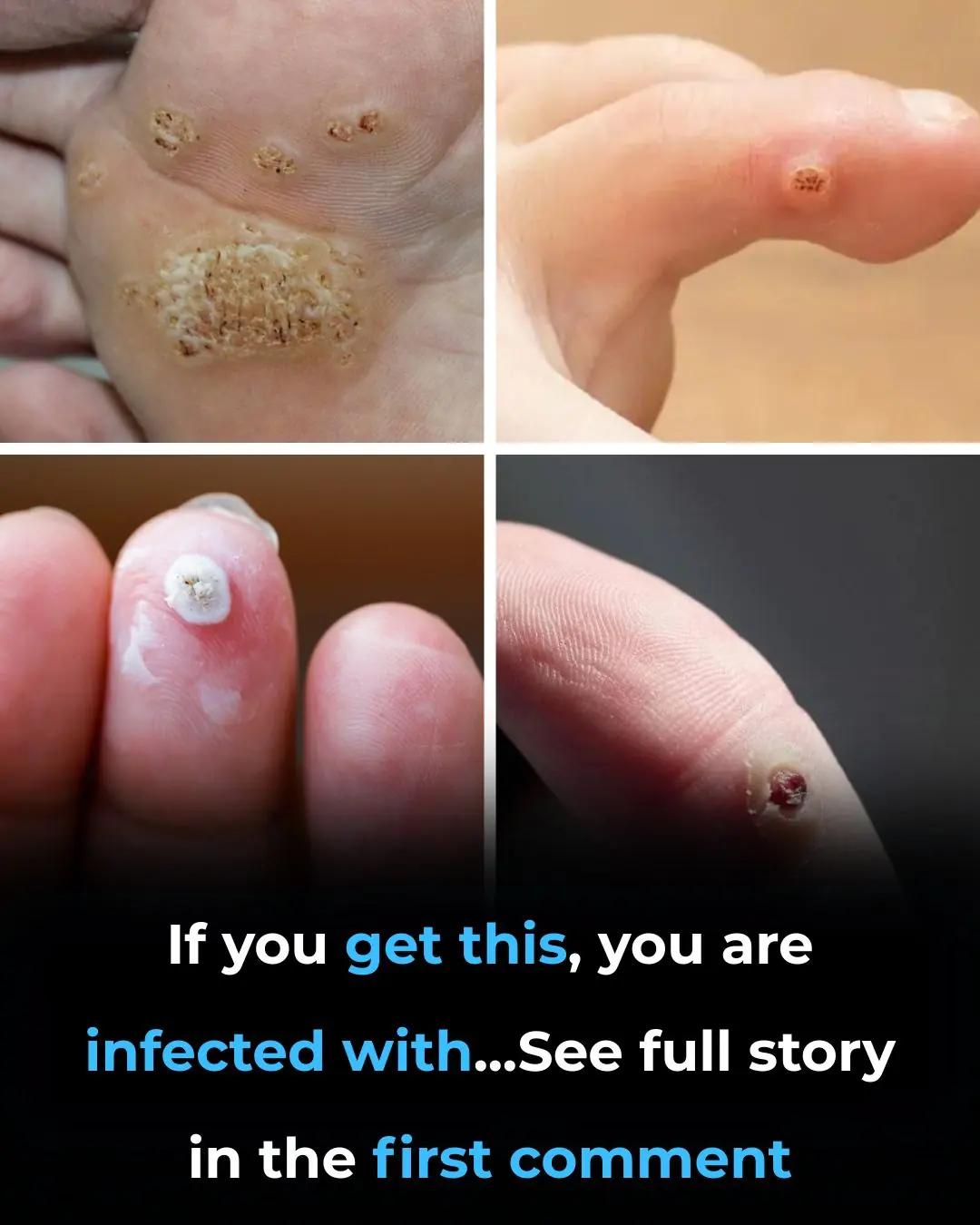
6 Types of Warts (Signs, Symptoms, Home Remedies, and Treatment)

Many experts warn that this food may increase health dangers — stop eating it now!
News Post

Guava Leaf Tea: A Simple Habit With Powerful Health Benefits

The single move that instantly clears congestion and drains your sinuses

This common diabetes medication may undo the benefits of your workouts

Your legs have a “second heart” — and one simple move can reactivate it fast

9 cancer warning signs your body is sending you (don’t ignore these!)
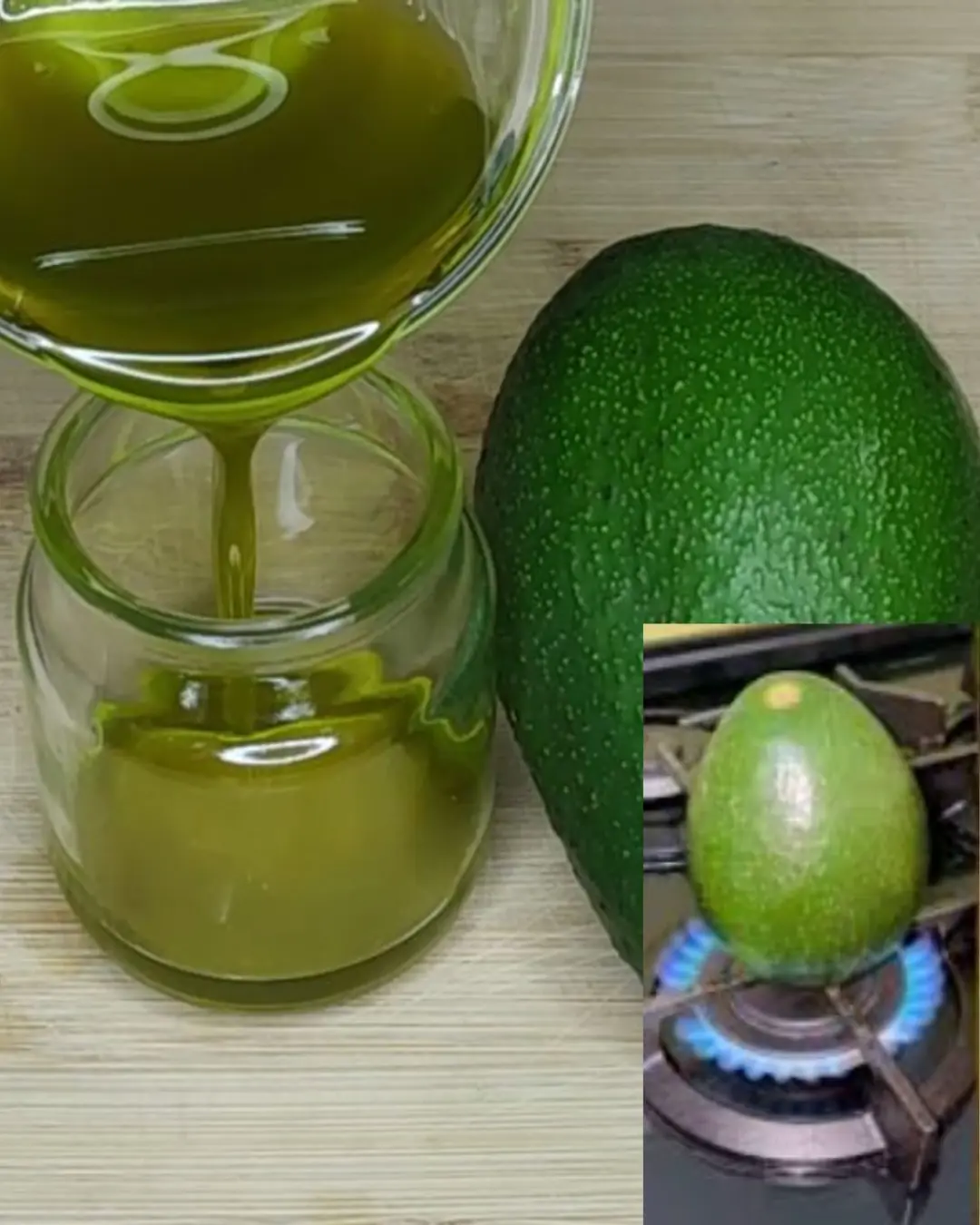
Here’s the secret why everyone puts avocados on the fire!

Grow Date Trees From Seed (Start in a Pot → Plant Outdoors): The Complete, No-Stress Guide

Guava Leaves for Blood Sugar Control: Nature’s Gift for Diabetics

Utqiagvik Enters 64 Days of Darkness: Inside Alaska’s Annual Polar Night
The Versatility and Benefits of Orange Peel Powder

Here’s the secret why everyone puts avocados on the fire!

Natural Biotin Powder: Get New Hair in Bald Patch, Extreme Hair Growth

Community Backlash Stops Padel Court Plans in Bath Amid Rising Demand

Scientifically Proven Benefits of Pumpkin Seeds (Pepitas) and Pumpkin Seed Oil

26 Years, 214 Countries, 900,000 Kilometers: The Epic Journey of Gunther and Christine

My nana taught me this hack to get rid of dark circles in 5 mins with 0 work. Here’s how it works

The single move that instantly clears congestion and drains your sinuses
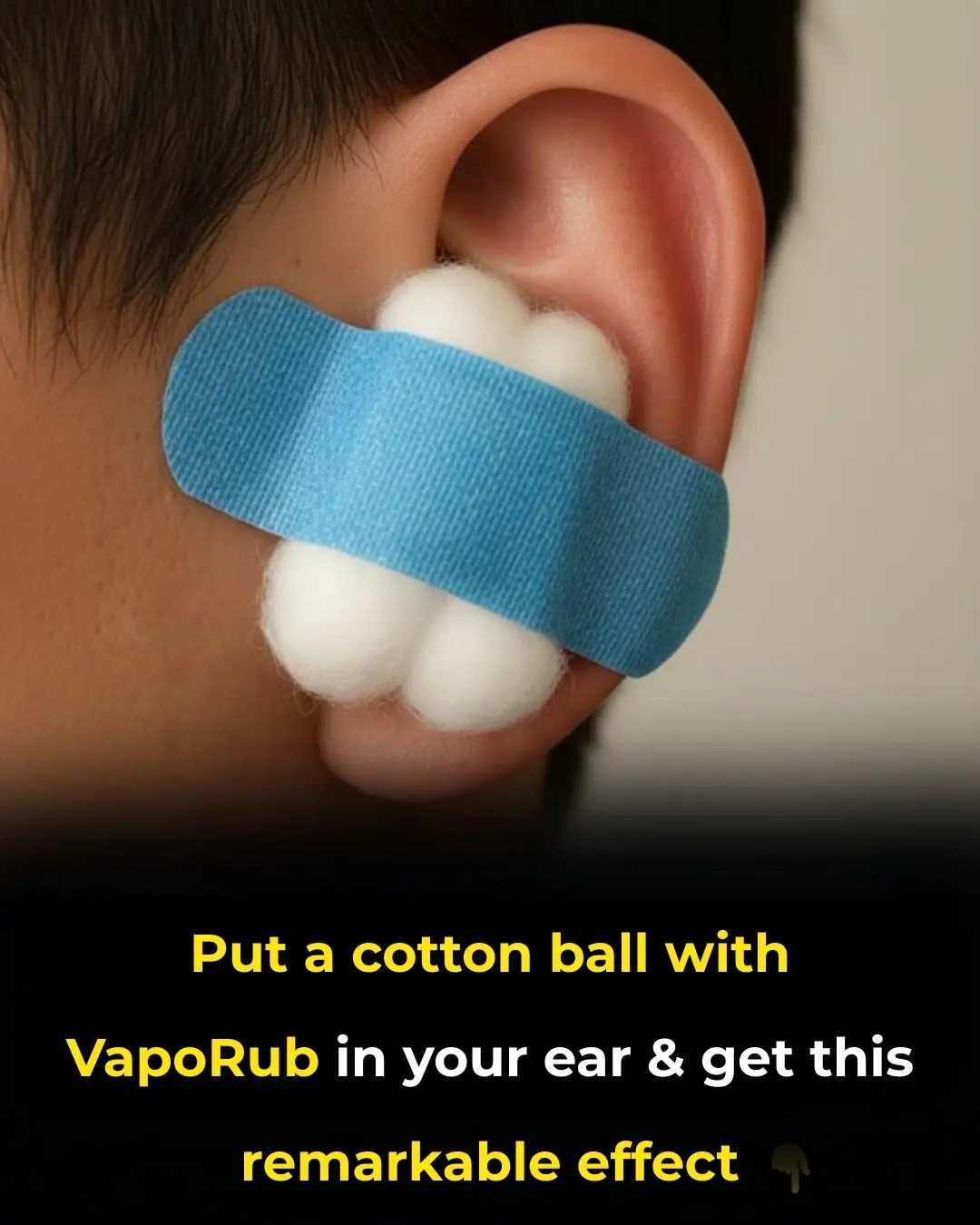
Put a cotton ball with VapoRub in your ear & get this remarkable effect

A Drink That May Help Reduce Cancer Risk: Not Tea or Coffee
